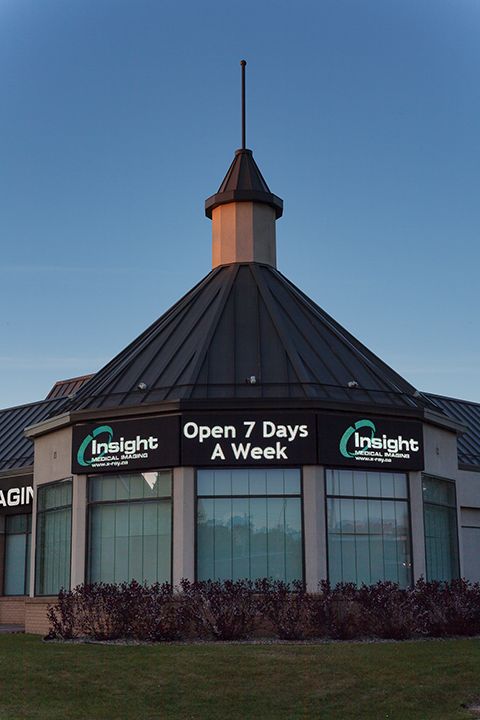Smarter hardware
Apple’s iPhone introduced the advantages of integrated multi-sensor technology to the masses, changing what they expect from—and how they interact with—technology forever. LED signs can keep up by incorporating similar sensors to help make operation easier and reduce the need for maintenance.
The following are several practical applications for sensors in LED signs:
Temperature sensors
By measuring the temperature of an LED board, sensors can help detect if it is getting dangerously close to overheating, send a notification via the cloud to the operator and shut the panel off before a failure occurs.
Current sensors
Similarly, by measuring currents and voltages, a sensor within an LED module can trigger an alarm in case of overload and automatically shut off the device.
Position sensors
From accelerometers to gyroscope sensors, this type of sensor detects the motion of a device and whether it is positioned vertically or horizontally. By using sensors to recognize each LED panel’s position within a sign and communicating that information to the central processing unit (CPU), this technology could become a game-changer for the industry, as the CPU can then identify where and in which panel each pixel should appear and map the panels automatically. This can save a lot of time and money in sign installation and, for that matter, allow customers to change the shapes of modular signs as desired.
Humidity sensors
This type of sensor measures changes in moisture and could thus send a message alerting the operator if water enters the sign.

Edmonton-based Insight Medical uses LED screens to complement its standard signage with regular updates.
Light sensors
Already common among digital signs, this type of sensor detects ambient light levels, so the sign’s brightness level can be automatically adjusted for optimal visibility and energy efficiency at different times of day. This is particularly important in situations where sign brightness and dynamic content are subject to regulation by local bylaws.
Pressure and strain sensors
Potentially, sensors that measure changes in pressure and send alerts accordingly could be helpful for signs installed at high altitudes and/or subject to very high winds.
With these capabilities in mind, there should be constant communication between the CPU and the controllers in each LED panel, so it is clear right away if one of the panels stops transmitting data. In this sense, sign controllers can also become smarter, constantly monitoring the ‘health’ of the display, making adjustments as needed and sending messages to the owner, so problems are noted even when no one is looking at the sign at the moment.
Other ‘logic’ functions can also be programmed into the sign to make ongoing diagnostics and repairs easier, such as an indicator light that blinks, changes colours or turns itself off to signify whenever a tile is not receiving data, power, images or video feeds.
Richer software
One component that is often overlooked in discussions of LED displays is the software that controls them. Generally, LED signs are sold to sign shops with free, pre-installed software, without which the displays cannot operate; but not all software is created the same.
The more user-friendly the software is, the more likely the sign’s operator is to create eye-catching messages and update them frequently. In this sense, software can mean the difference between a successful advertising display and one that fails to attract new business.
At the very least, the software’s user interface should allow the sign’s owner to easily produce professional-quality images and videos, set up schedules and offline playlists and flexibly change messaging.
The need to adapt
The aforementioned are just a few of the ways technological advances can improve LED-based digital signs to better meet customers’ needs and expectations. Electronic message centres (EMCs) cannot afford to lag behind other digital signage formats; they will need to take full advantage of cost-saving innovations and more effective technologies to ensure their relevancy in the years to come.
Guadalupe Tofalo-Davtchev oversees digital marketing for Cirrus LED, which manufactures digital signs and develops cloud-based content management software. For more information, contact her via e-mail at marketing@cirrusled.com.





